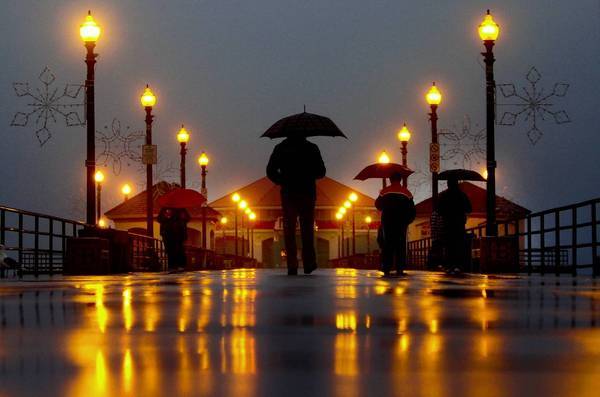NEW YORK (Reuters) – Although Dolly Parton has cemented her place in country and popular music, pop culture, and as an entrepreneur and philanthropist, she still, on occasion, gets nervous.
Her new book, “Dream More: Celebrate the Dreamer in You” encourages readers to overcome their fears, believe in their passions and keep taking risks.
The “I Will Always Love You” singer/songwriter, 66, who has written more than 3,000 songs and sold more than 100 million records, talked to Reuters about the message of the book, which was published this week.
Q. You say you put off writing this book?
A. “It’s just a simple little book. It’s not meant to save the world, or it’s not a complete book of how to be successful, but I think there is enough stuff in it for people to see kinda how I conduct my business and kinda what my thoughts are. And the good part is that all the money, if it sells good, goes to Imagination Library.”
Q. Right – your nonprofit quest to get kids to read?
A. “It’s one of the reasons I wanted to write this too, because I usually do concerts every year, for the foundation to make money to afford a lot of books, but I am not on tour now.”
Q. Talk about your 2009 commencement address at the University of Tennessee. Were you nervous?
A. “Well, yes, when I am out of my element doing things. I am not that educated and I didn’t go that far in school and I thought, ‘What am I going to say to these educated people, not just these kids who have just graduated college and are probably brilliant, but all these professionals and all these teachers?’ And I thought, ‘Oh, I am not smart enough’, but I thought, ‘Well, at least I am a hometown girl. At least they can see that in America, you can start from humble beginnings, that everybody can make it.”
Q. Which is one of the book’s messages, overcoming fears?
A. “Any time I am in a situation where I am just not comfortable, I am uneasy, but that doesn’t mean I won’t go on with it, just like the speech. And that I won’t be good at it, but there are just some things I would prefer not to do!”
Q. Success doesn’t equal happiness, yet you seem so hopeful and modest?
A. “I am always hopeful as a person, I have been since I was little…I really want things to be good. As I mention in the book, I wake up everyday expecting it to be good, and if it is not, then I try to set about changing it before I go to sleep at night.”
Q. Would you describe yourself as religious or spiritual?
A. “Just spiritual, I am not religious. Although I grew up in a very religious family, but…I am no fanatic by any stretch of the word, and I am no angel, believe me. I wrote a song called ‘The Seeker’ many, many years ago, and it says ‘I am a seeker, just a poor sinful creature, there is no one weaker than I am.’
“People say, ‘What do you regret?’ I say, ‘I can’t say that I regret anything because at the time I was doing it, whatever it was, it seemed to be the thing to be doing at the time.’
“I have a good friend base, I have a good husband. So I have a lot of things and people who help me and guide me. I have never had to go to a psychiatrist, but I would if I thought that I needed to.
Q. But we are in New York, Dolly! No psychiatrist?
A. “Well yes (laughs), I guess not. But I do that in my songs, I write my feelings out and then I have such a strong faith and then I have such good friends. I am very close to several of my sisters, and we just talk about everything and anything….And my best friend Judy, there is nothing I can’t tell her, even if it is the awful-est thing in the world.”
Q. You recently had to deny gay rumors. Who is your greatest love?
“My husband is my greatest love, I have been with him 48 years…He is my best buddy.”
Q. Why do you think people always wonder about him?
A. “They don’t think he really exists! When I was doing my show, we were thinking about having a different guy knock on the door every night, as my husband, and then one night he would be a midget, and one night he would be a black man, and one night he would be like a boxer or a wrestler, all these different things that people imagine what my husband looks like.”
Q. You say that looking so artificial works for you, as it lets you prove how real you are. Why all the plastic surgery?
A. “Because I need it. Why does anybody get it?”
Q. Why do you think you need it?
A. “Because I am in show business. I am not a natural beauty. And I am on camera all the time. And I just always see, like if I need – Oh take one of my chins off, at least! – Or whatever. I mean, I don’t go to extremes with it. I just do little bits and pieces, just to try and keep things touched up, just tweaking.”
(Reporting by Christine Kearney, editing by Jill Serjeant and Carol Bishopric)
Music News Headlines – Yahoo! News











